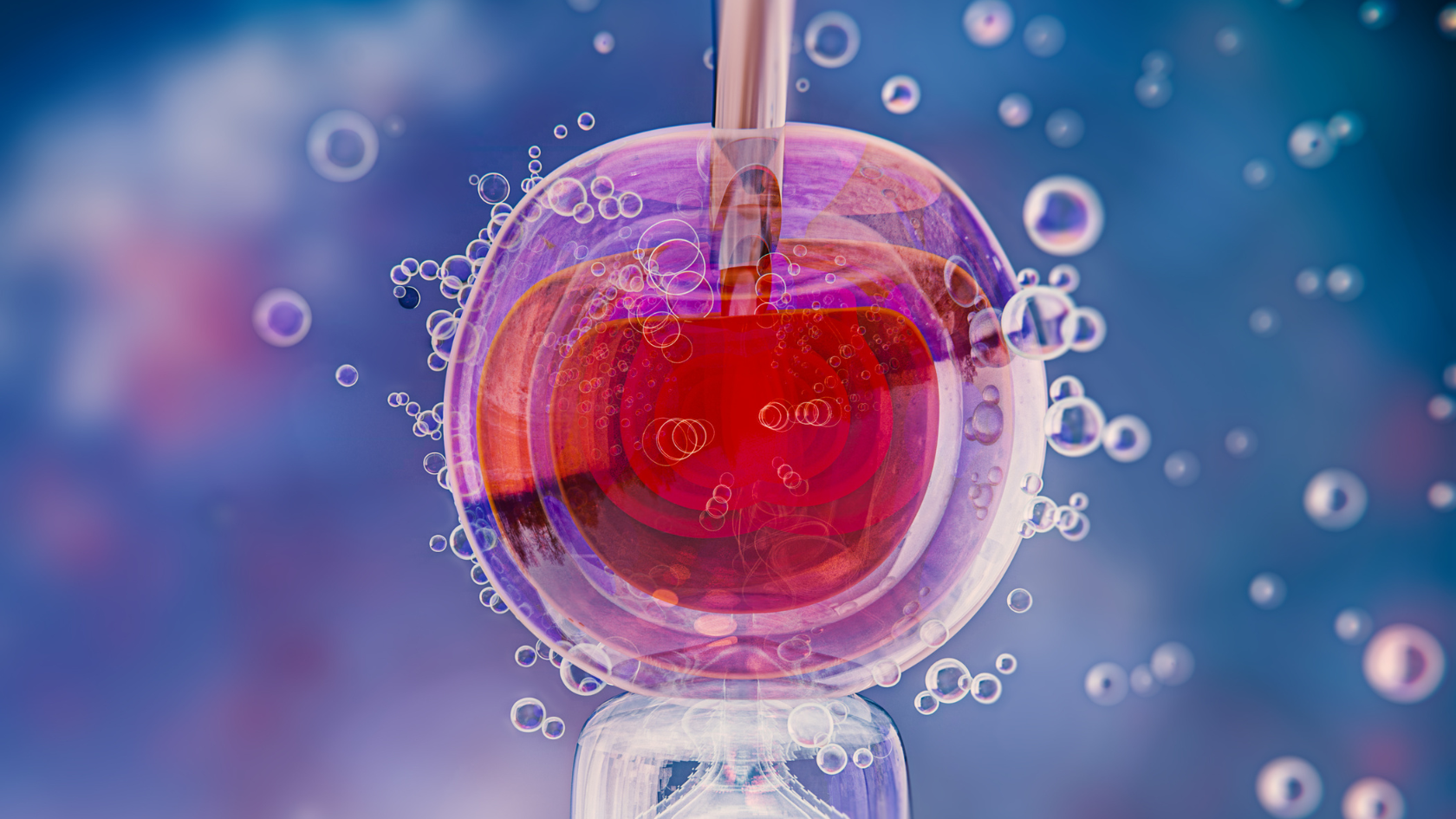Human chorionic gonadotropin (hCG) might sound like a pregnancy-only hormone, yet it plays a starring role in men’s hormone care. When you add it to testosterone-replacement therapy (TRT), hCG “pretends” to be luteinizing hormone, nudging your testicles to keep making their own testosterone and sperm. Without that nudge, TRT can drop sperm counts by 90 percent and shrink the testes, a serious blow if you still want kids or simply want to feel “normal” down there.
Even better, doctors have used hCG for decades, so we understand its safety profile, typical dosages, and how to monitor your blood work. By pairing expert-backed data with clear action steps, this guide shows you exactly how hCG fits into a modern TRT plan.
Key Takeaways
- Human chorionic gonadotropin (hCG) mimics luteinizing hormone, helping testes keep making testosterone and sperm during TRT, protecting fertility and sexual health.
- Doctors often pair hCG with testosterone therapy to prevent testicular shrinkage, maintain intratesticular testosterone, and support libido, mood, and more natural-feeling energy.
- Typical dosing ranges from 250–500 IU every other day or 500–1,500 IU two to three times weekly, adjusted by labs and symptoms.
- Administration is simple: subcutaneous or intramuscular injections after reconstitution; common side effects are mild, with headaches, water retention, acne, or site soreness.
- Use is off-label; monitor hematocrit, testosterone, estradiol, and PSA as advised, and avoid in certain conditions like active cancers or worsening sleep apnea.
Table of Contents
What is Human chorionic gonadotropin (hCG)?
hCG is a hormone with two roles. During pregnancy, the placenta makes it naturally. In medicine, labs also make it for different uses, including men’s health.
Chemically, hCG acts like luteinizing hormone (LH). LH is the signal from the pituitary gland that tells the testes to make testosterone. When a man is on testosterone replacement therapy (TRT), his body stops sending out LH. That means testosterone inside the testes drops, and sperm production slows down. Taking hCG can restart that process. It helps the testes keep making testosterone and supports sperm production.
Why does this matter? Even if you’re not planning to have kids right now, fertility can be affected later. A 2025 study showed more men in their 30s and 40s are using TRT, which are also the years when fertility is important. Because TRT alone can lower sperm counts to almost zero, many doctors now give hCG from the start as a way to protect fertility, instead of waiting until there’s a problem.
Key clinical benefits.
- Preserves sperm production: hCG maintains intratesticular testosterone, the driver of spermatogenesis. One 2024 study showed sperm parameters stayed intact for 12 months when hCG accompanied TRT.
- Prevents testicular atrophy: Roughly 80 % of testicular bulk is developing sperm; stimulating that process keeps size and texture normal.
- Maintains libido and erectile quality: Small trials report 80 % of men notice stronger sex drive and firmer erections on combined therapy.
- Smooths TRT “wash-outs”: If you pause testosterone, hCG cushions the hormonal crash by keeping the axis partially active.
How it’s administered. hCG comes in multi-dose vials you reconstitute with bacteriostatic water. The shot can be subcutaneous (belly fat) or intramuscular (glute/thigh). Sub-Q is easier, and studies show identical absorption.
Side-effect snapshot. Headache, water retention, acne, or mild injection-site soreness top the list. Serious events, vision changes, breathing problems, sudden swelling, are rare but demand immediate medical care.
Practical hCG-With-TRT Protocol
Typical dosing. For maintenance, many clinicians prescribe 250–500 IU every other day or 500–1,500 IU two to three times weekly.Higher pulses may be used short-term for fertility rescue but increase estrogen spill-over and water retention. Always follow your prescriber’s individualized plan.
Timing with testosterone. You can inject hCG on the same day as your testosterone cypionate or enanthate shot or stagger them for convenience. Neither approach changes blood-level peaks.
Lab monitoring. The American Urological Association (AUA) guideline recommends checking hematocrit and serum testosterone 6–12 months after starting therapy; many specialists front-load labs at 1, 3, and 6 months, adding estradiol to catch estrogen-related side effects early.
When hCG may be skipped or postponed.
- Prior blood-clotting disorders or untreated heart disease
- Active prostate or breast cancer
- Sleep apnea that worsens on TRT
In these cases, your doctor might tweak dosage, add therapeutic phlebotomy, or explore clomiphene citrate as an alternative.
Safety pearls. Keep hematocrit under 54 %, estradiol in the mid-normal range, and watch for rising PSA in men over 40. Rotating injection sites and using 29- to 31-gauge insulin syringes reduce bruising and lumps.
Real-world outcome. Surveys of men on combined therapy show higher satisfaction scores versus TRT alone, largely due to preserved fertility, stable mood, and more “natural-feeling” energy levels.
Ready to Protect Your Fertility?
Frequently Asked Questions
Yes, it boosts intratesticular production, often adding 100–200 ng/dL to your lab results.
Some men with mild hypogonadism do, but results are less predictable, and fertility monitoring is essential.
Libido and testicular fullness may improve in 2–4 weeks; sperm counts take about 3 months to rebound.
No—this is an off-label use, though widely accepted in endocrinology and urology circles.
Coverage is hit-or-miss; many plans pay when fertility preservation is documented, otherwise expect out-of-pocket costs.
Your clinician may lower hCG dose or add an aromatase inhibitor; never self-medicate with over-the-counter blockers.
Yes, once mixed, keep it refrigerated and discard after 30 days to maintain potency.
hCG isn’t typically used for female androgen deficiency; dosing and safety data are limited.
Lifestyle habits—heavy-compound lifting, adequate zinc, maintaining healthy body fat—support LH but can’t fully replace hCG.
Levels taper over about a week, but you may feel transient fatigue or mood dips; gradual dose reduction is smoother.

